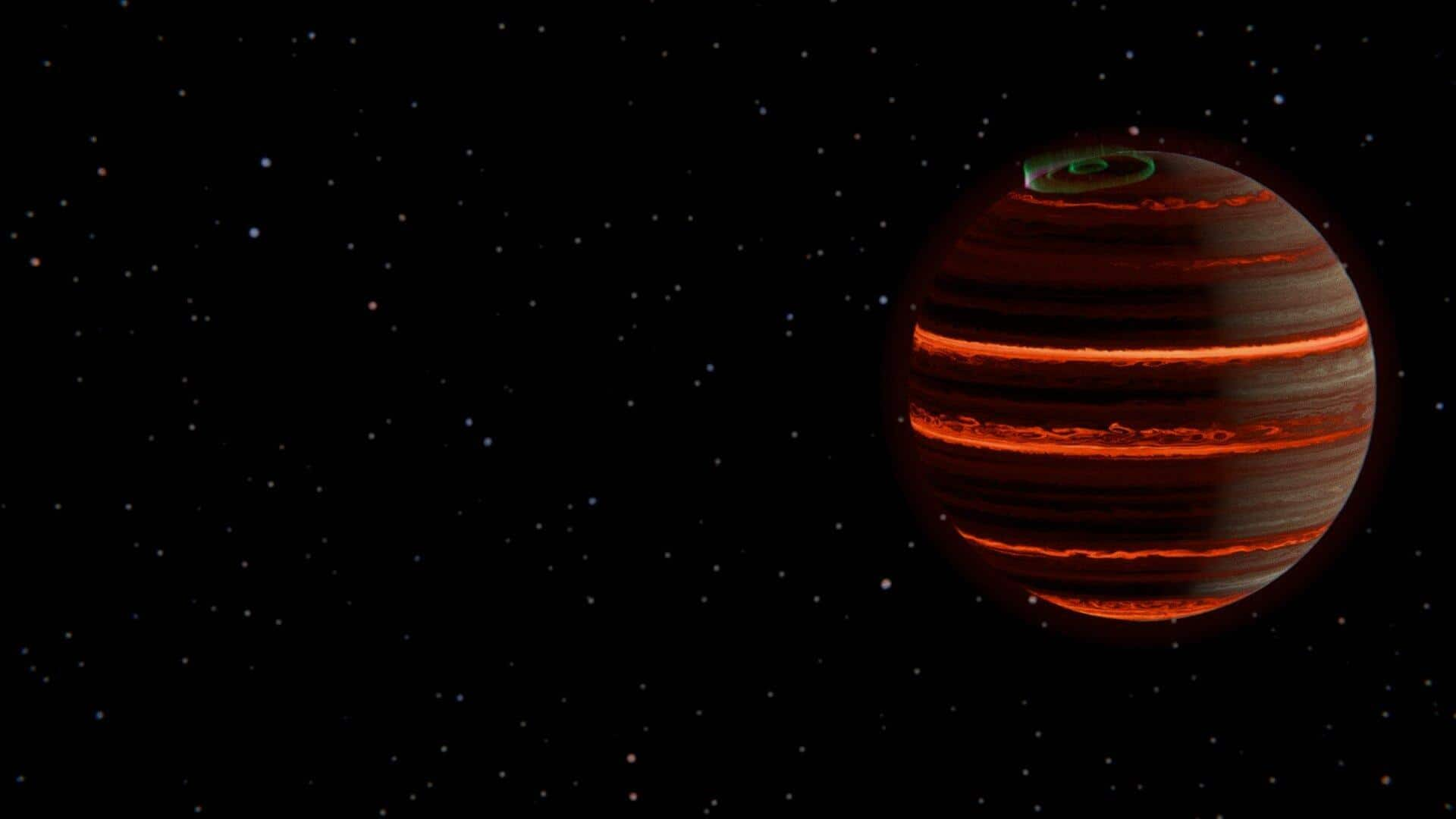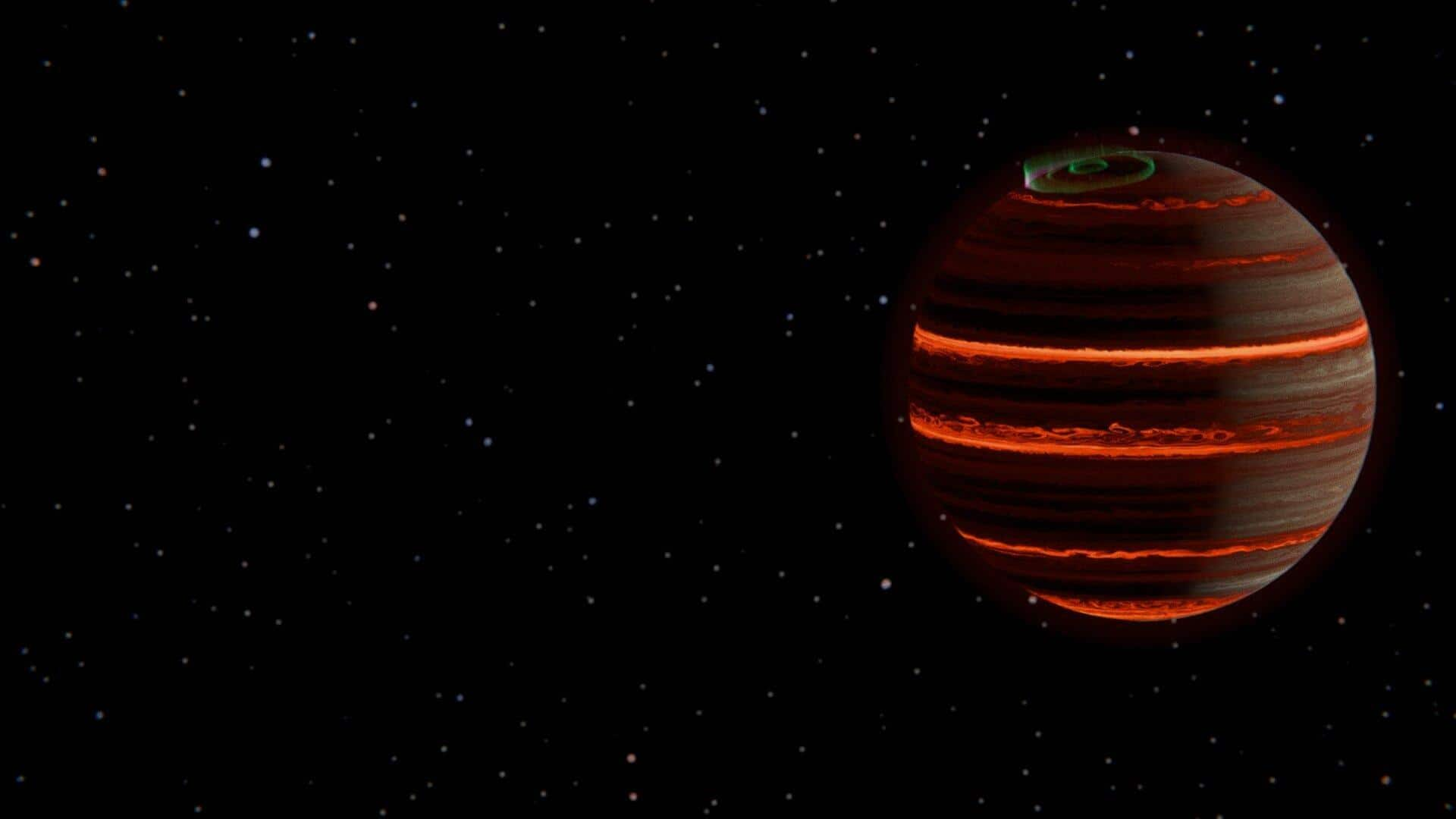**‘Rogue’ Planet Exhibits Auroral Activity Similar to Earth’s Northern Lights**
*By Dwaipayan Roy | Sep 27, 2025*
Astronomers from Trinity College Dublin have made a groundbreaking observation of a rogue planet named SIMP-0136, revealing auroral activity akin to Earth’s Northern Lights. This remarkable discovery was made possible through the advanced instruments aboard the NASA/ESA/CSA James Webb Space Telescope. The team’s findings were recently published in the journal *Astronomy & Astrophysics*.
### What Are Rogue Planets?
Rogue planets are celestial bodies that do not orbit any star but instead drift alone through space. Studying such isolated planets offers unique insights into planetary atmospheres and weather processes beyond our solar system.
### Atmospheric Analysis Powered by James Webb Space Telescope
Using the James Webb Space Telescope’s highly sensitive instruments, the researchers detected tiny fluctuations in SIMP-0136’s brightness as the planet rotated. These subtle variations allowed them to monitor changes in temperature, cloud cover, and chemical composition across the planet’s surface.
Dr. Evert Nasedkin from Trinity College Dublin’s School of Physics commented, “These are some of the most precise measurements of the atmosphere of any extra-solar object to date.”
### Temperature Fluctuations & Storm Activity
The observations showed that SIMP-0136 experiences temperature changes of less than five degrees Celsius. These minute fluctuations corresponded with slight shifts in the planet’s chemical makeup, suggesting storm activity comparable to Jupiter’s famous Great Red Spot.
Dr. Nasedkin explained, “The precise observations we made meant we could accurately record temperature changes smaller than 5°C.”
### Constant Cloud Coverage Made of Silicate Grains
Unlike Earth, where cloud cover varies and influences atmospheric conditions, SIMP-0136’s cloud coverage remained constant across its surface. However, these clouds are far from Earthly; they consist of silicate grains, similar in texture to beach sand, forming under the planet’s extreme temperatures.
This discovery was part of the inaugural publication by the newly formed “Exo-Aimsir” research group led by Professor Johanna Vos at Trinity College Dublin.
### Cutting-Edge Modeling Reveals Atmospheric Features
By analyzing different wavelengths of light, the team could identify distinct atmospheric characteristics. Dr. Nasedkin noted, “Using cutting-edge models, we inferred the atmosphere’s temperature, chemical composition, and cloud positioning.”
Professor Vos added, “This work is exciting because it demonstrates how advanced modeling techniques can deepen our understanding of weather processes on exoplanets beyond our solar system.”
—
This study marks a significant step forward in exoplanetary science, shedding light on the complex atmospheres of worlds wandering through space—far from the warmth of stars, yet displaying dynamic and intriguing weather phenomena similar to those on planets within our own solar system.
https://www.newsbytesapp.com/news/science/astronomers-observe-auroras-on-rogue-planet-simp-0136-using-webb-telescope/story


